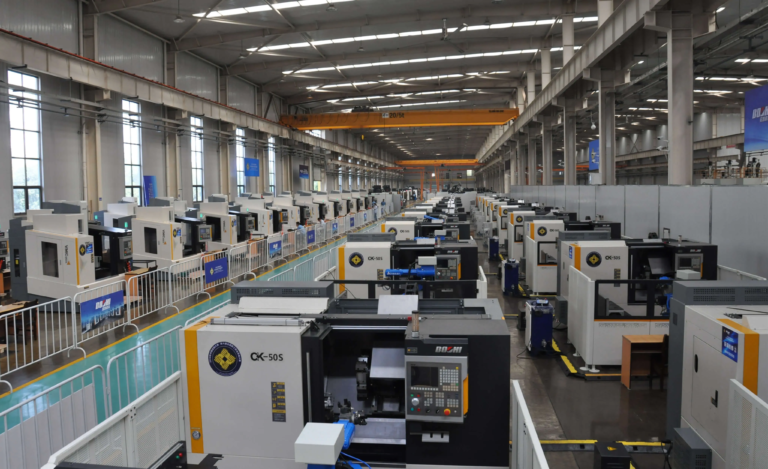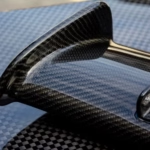Unlocking Precision: Diagnosing and Resolving Hydraulic Broaching Force Instabilities
In high-stakes mechanical processing, hydraulic traction beds are indispensable for their unparalleled efficiency and precision. Yet, the Achilles’ heel of these systems—unstable broaching force—can compromise surface quality, accelerate tool wear, and disrupt production schedules. This deep dive unpacks a multidimensional troubleshooting methodology targeting hydraulic, mechanical, and control subsystems, equipping engineers with actionable strategies to restore system integrity.
I. Hydraulic System Failures: Pressure Fluctuations Under the Microscope
The hydraulic system is the linchpin of broaching force generation. Instability often stems from pressure irregularities, demanding rigorous diagnostics:
Hydraulic Pump Integrity
- The Culprit: Wear-induced volumetric inefficiency. For gear pumps, end-face clearance exceeding 0.15 mm causes internal leakage. In vane pumps, rotor tip clearance beyond 0.03 mm disrupts pressure consistency.
- Diagnosis: Monitor pressure gauges for fluctuations >±10% of operating pressure.
- Fix: Rebuild pump internals or replace worn components. Opt for ceramic-coated elements to extend service life.
- Pipeline Leakage & Oil Contamination
- The Risk: Micro-leaks at joints/welds or NAS 1638 Level 8+ oil contamination starves the system of pressure.
- Detection: Use ultrasonic leak detectors and particle counters for real-time fluid analysis.
- Resolution:
- Tighten fittings with calibrated torque wrenches; apply thread-sealing compounds rated for high-pressure.
- Implement dual-stage filtration (5µ + 1µ) and schedule oil changes based on continuous monitoring data.
II. Mechanical Transmission: The Silent Saboteurs
Wear in drivetrain components introduces force imbalances that destabilize broaching. Focus on three critical areas:
Spindle Alignment & Guide Rail Wear
- Tolerance Violations: >0.02 mm spindle misalignment or >0.03 mm rail-slide clearance induces uneven force distribution.
- Measurement: Leverage dial gauges for coaxiality checks and Feeler gauges for rail clearance.
- Corrective Action:
- Re-shim spindle mounts using laser alignment tools.
- Upgrade to polymer-composite guide strips for self-lubrication and reduced clearance drift.
- Drive Chain & Ball Screw Degradation
- Failure Modes: Chain stretch (±2% beyond OEM spec) or ball screw axial play >0.005 mm causes kinematic instability.
- Proactive Steps:
- Install tension-monitoring idlers for chains; replace if elongation exceeds 3%.
- For ball screws, recalibrate preload via dynamic load testing and consider hollow-core designs for thermal stability.
III. Control System Anomalies: Calibration & Signal Integrity
Sensors and valves operating outside tolerance bands distort force modulation. Target these bottlenecks:
Sensor & Proportional Valve Diagnostics
- Critical Checks:
- Pressure sensors with >±5% error distort closed-loop feedback.
- Proportional valve coil signals (via oscilloscope) showing ripple/noise cause erratic spool movement.
- Advanced Solutions:
- Auto-calibrate sensors using HART-enabled test points.
- Install EMI filters on valve wiring and use adaptive PID controllers to compensate for hysteresis.
- Critical Checks:
- CNC Parameter Optimization
- The Pitfall: Static pressure compensation values conflicting with variable material hardness or feed rates.
- Innovative Approach:
- Deploy machine learning algorithms to dynamically adjust parameters based on real-time tool wear and load telemetry.
- Integrate digital twin simulations to pre-validate parameter sets before deployment.
IV. Integrated Framework for Sustainable Stability
A systems-thinking approach prevents recurrence:
Predictive Maintenance Protocol
- Embed IoT vibration sensors on pumps and spindles to detect degradation before failure.
- Correlate hydraulic oil particle counts with component wear rates using AI analytics.
- Closed-Loop Stability Verification
- Post-repair, conduct step-load tests with high-frequency data loggers to validate force consistency under peak stress.
- Benchmark against ISO 230-4 for positioning/repeatability standards.
Final Insights: Broaching force instability is rarely a singular failure—it’s a symptom of cumulative subsystem deviations. By fusing precision metrology with proactive technologies (from ceramic-coated pumps to self-optimizing CNCs), manufacturers can transform reactive fixes into strategic reliability. The result? Flawless surface finishes, extended tool longevity, and the elimination of unplanned downtime.
(Image Suggestion: A technical schematic overlaying hydraulic, mechanical, and control systems with callouts to critical checkpoints.)

















